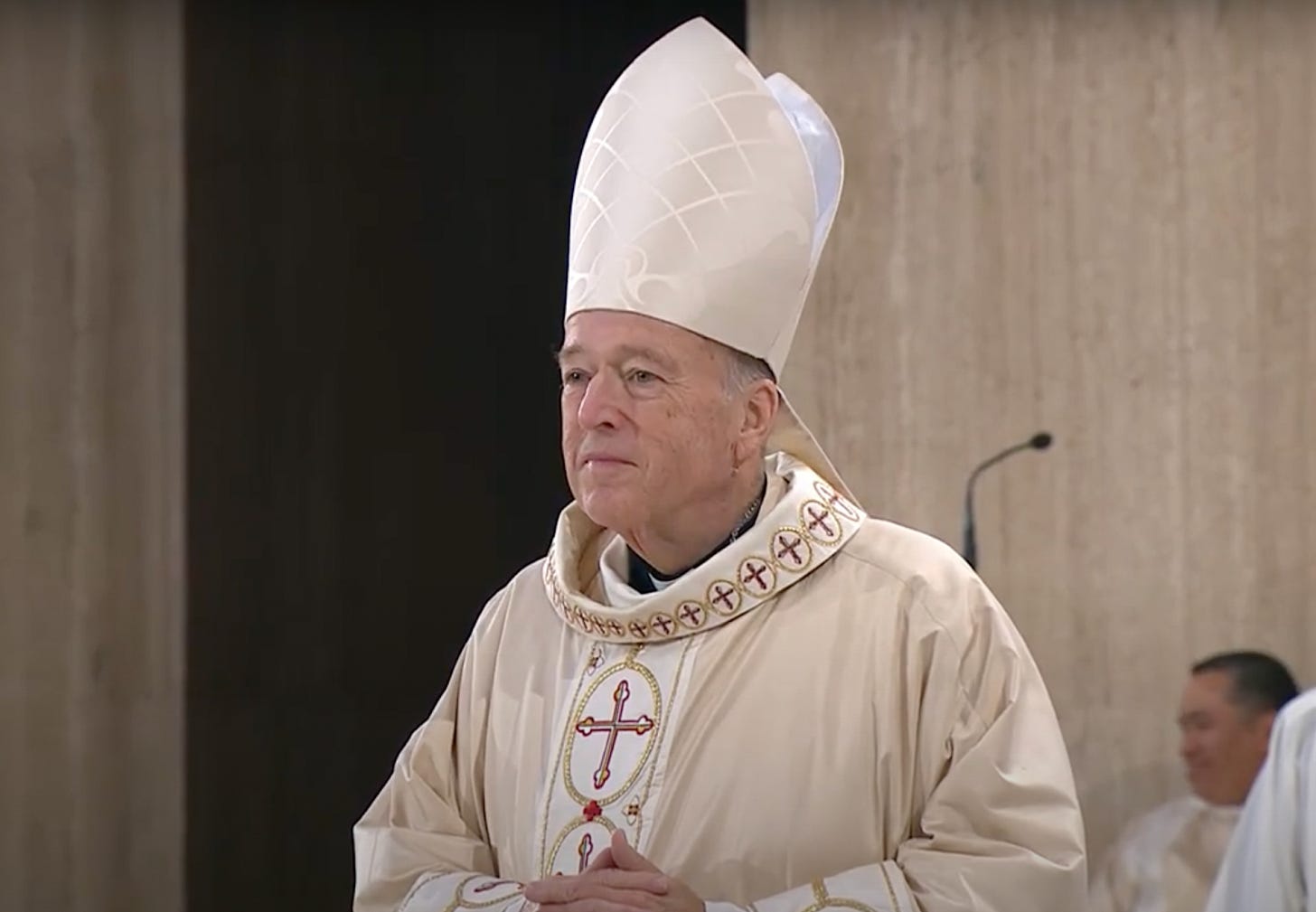Have the U.S. bishops united behind McElroy?
The US bishops rallied together Tuesday, facing an ailing pontiff and adversarial president
The installation of Cardinal Robert McElroy as the eighth Archbishop of Washington went off with a bang on Tuesday.

The basilica of the National Shrine of the Immaculate Conception was full, and th…
